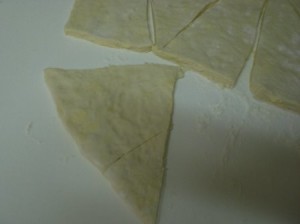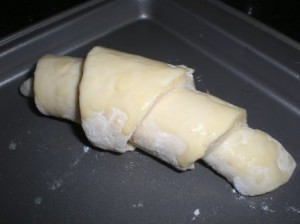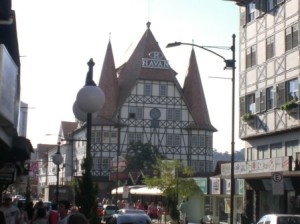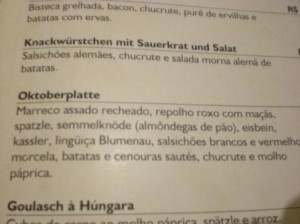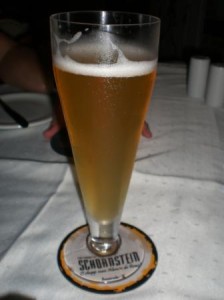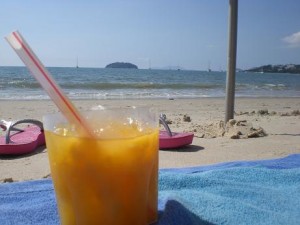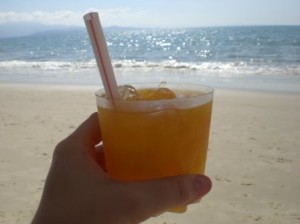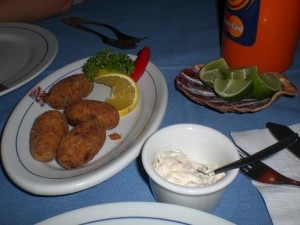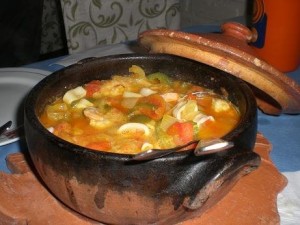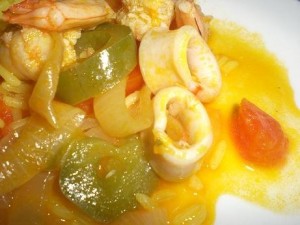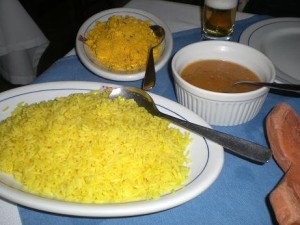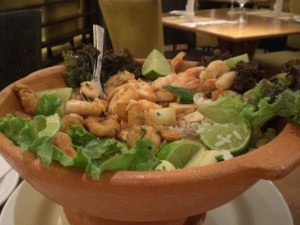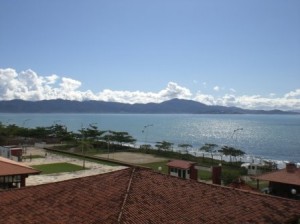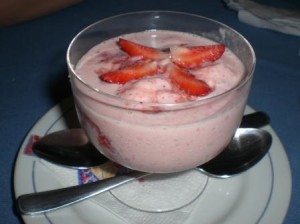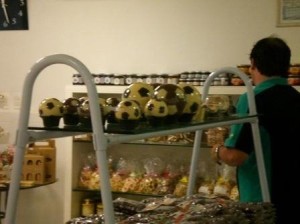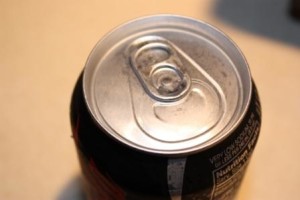 If you follow me at all on Twitter you know that I’m back in the US spending some time with my family. It is a wonderful time of year to be back. My Dad’s garden is green as can be and the strawberries are bright red just begging to be eaten right off the plant.
If you follow me at all on Twitter you know that I’m back in the US spending some time with my family. It is a wonderful time of year to be back. My Dad’s garden is green as can be and the strawberries are bright red just begging to be eaten right off the plant.
Every time I’ve returned to the US since living abroad for the last 20 or so months I learn a bit more about how my eating habits have changed for the better. One area in which I’ve made huge improvements is soda consumption, specifically diet soda, and I’ve talked about this some before.
I always considered myself one of those people who would never give up my diet soda. I had the attitude that even if it wasn’t the best thing for me, at least it wasn’t adding calories to my day and extra pounds to my thighs. I could live with that choice.
As my knowledge of the effects of aspartame and the ingredients in sodas grew I was continuously faced with the fact that this was a habit I needed to break. When I made the move abroad the opportunity to reduce and eliminate diet soda from my daily routine had arrived.
Don’t let me mislead you. Soda is being consumed in mass amounts in Brazil. In some areas, I dare say as much as it is the US. The only difference where we live is that there aren’t any fountain drinks; the locals in our area – mostly teens and children – share two liter bottles during their meals and snacks.
What has changed for me is my personal access to it. My habit when living in the US was to buy a 12-pack each time I grocery shopped, once a week to once every two weeks. I averaged about two a day – one mid morning and one late afternoon. Add that to the fountain drinks I had with me each time I took a road trip for work (about once a week ) and that adds up to a lot of diet soda.
Now, I’m in a place where soda is more expensive. Cans are sold individually or in six-packs at the very most. Two liters are available, but I’ve never liked them anyway. After a few months in my new home I found myself only occasionally buying a 20 oz bottle to drink and getting a can when I ate out. (The only place I’ve seen fountain soda is at McDonald’s and it’s not free refills.)
As I drank it less and less I began to truly feel the affects all those chemicals were having on me. It seemed each time I had one I felt sluggish, groggy and a little sick to my stomach. I’m thinking this is likely because my body had a chance to get everything out of its system before my next soda. It wasn’t constantly swimming through my veins.
I finally reached a point where it wasn’t worth feeling bad for a drink and I’ve not only reduced it, but pretty much eliminated drinking soda all together. I can’t say I won’t ever have one again, but if I do, it will be rare occurrence.
So now that I’ve made this change I find myself back in the US. From the second I enter the terminal of the airport I am surrounded by soda of some form and everyone is drinking it. To be honest it is almost difficult not to drink it.
As bad as I know I will feel, the pressure of advertisement and availability are hitting me in the face. I think about all the things that went so well with it before – pizza, Mexican food, salty snacks. I have been tempted multiple times after being home just two days. I’ve had to make a conscious effort not to turn to a soda as my beverage.
This experience makes me realize why many people can’t give it up. I consider myself darn lucky that I was put in a position where I was pretty much forced to reduce my consumption which allowed me to realize the physical effects of my addiction. Had I stayed in the US these past 20 months I may have reduced my consumption a little bit, but it would have been a lot harder.
Even when you know the risks associated with eating or drinking something unhealthy or unnatural it takes an incredibly strong person to resist the pressures of this society we live in, and the constant availability and advertisement which result in cravings. I think this goes for most unhealthy choices. It is not an excuse, it is reality.
I have learned a lot about myself and my eating patterns by giving up soda. I once had the idea that if I gave it up the aspartame would stop affecting my metabolism and weight loss would be easier. Wrong. I now realize how much I used diet soda as an appetite suppressant especially during the afternoon. While I’ve replaced that non-calorie, chemically laden drink with real food containing nutrients, I’ve also replaced it with calories. Yes, I’m better off, but weight loss has become even more difficult.
I won’t lie and say that I notice a major difference in energy levels or vibrancy since giving it up. In those areas, I feel the same, however, now I can identify when I have had one and it does affect how I feel at the time of consumption. Because my system has rid itself of all those substances it now recognizes them as foreign. This is a very good thing because it is foreign. I finally gave my body the opportunity to tell me this instead of suppressing the warning signs by pumping it full of diet soda after diet soda.
Overall, am I happy I gave them up? Of course! Whether or not I lose weight or have increased energy isn’t the important issue in this case. Diet soda was my main source of chemical sweeteners and it is now gone. I know without a doubt I am healthier for it. I want to fill this body with real food and soda is definitely not a real food.
What foods or drinks have you worked hard to give up for improved health, but find that the pressures of society (however you define them) make it a difficult task to accomplish? Have you ever been in a situation similar to mine where lack of access made making a healthy choice easier?

This post will be submitted as part this week’s Fight Back Friday at Food Renegade.


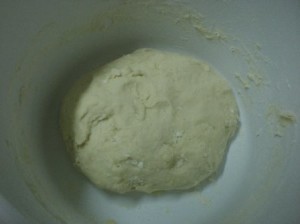
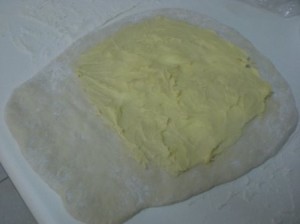
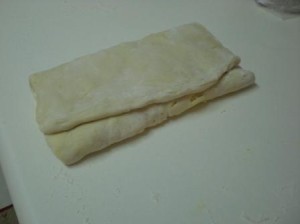 Roll it out again to a 6 inch x 15 inch rectangle and fold again. Transfer to a baking pan, cover tightly with plastic wrap and put back in the fridge for about 6 hours.
Roll it out again to a 6 inch x 15 inch rectangle and fold again. Transfer to a baking pan, cover tightly with plastic wrap and put back in the fridge for about 6 hours.